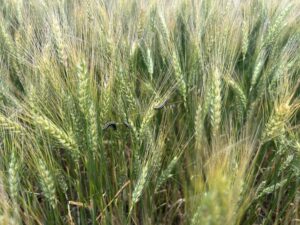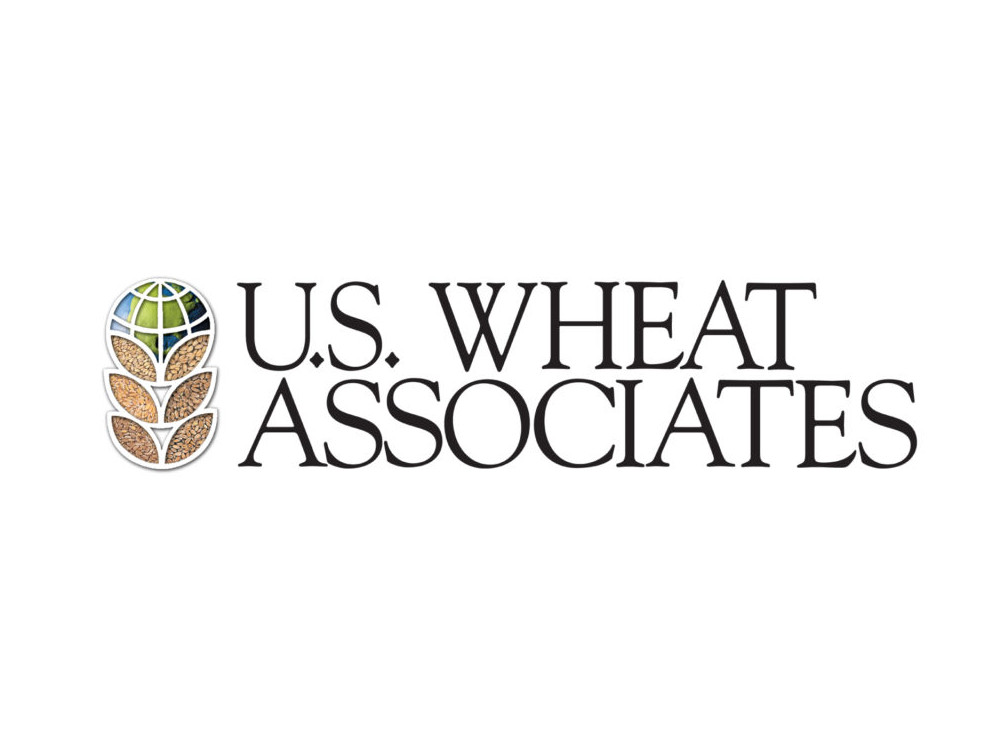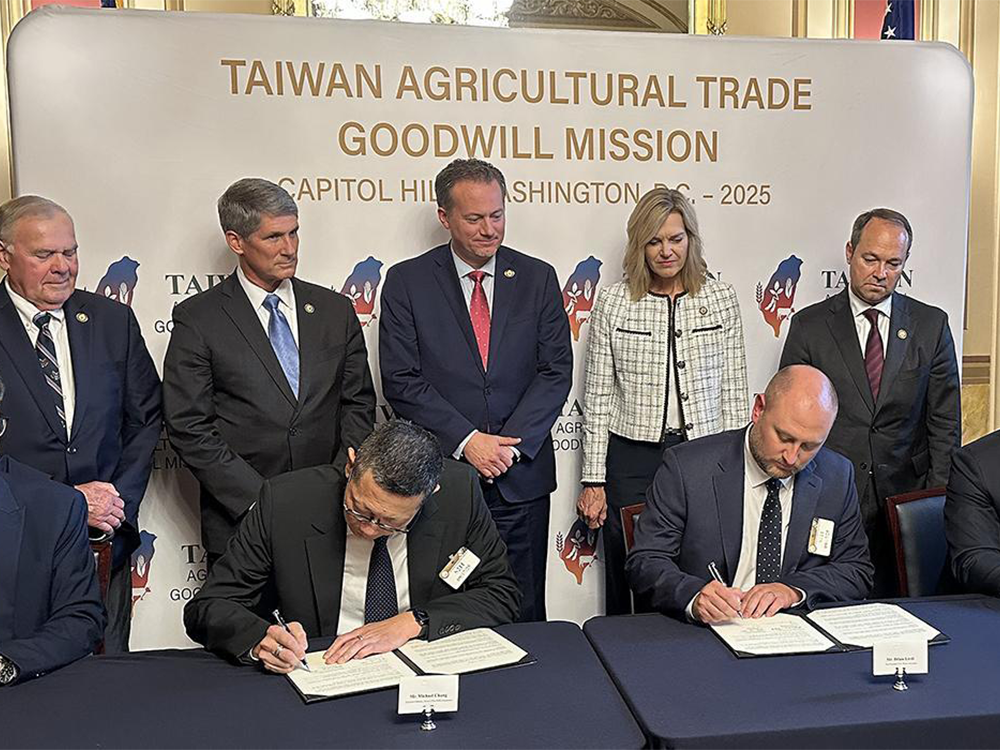Anthony Hanson – Field Crops IPM Extension Educator, Jochum Weirsma – Small Grains Extension Specialist & Angie Peltier – Crops Extension Educator
Within the past week there have been widespread reports of true armyworm infestations reaching damaging levels in wheat fields across western Minnesota. There appear to have been multiple flights of true armyworm moths in the past few weeks hat have resulted in these large numbers of hungry caterpillarsfeeding on grasses leading to yield loss in wheat fields by defoliating leaves and clipping wheat heads (Fig. 1).
Both UMN pest scouts and farmer reports indicate these outbreaks are at least in west-central and northwest Minnesota. Most of the crop is completing development at this point, but yield loss is still possible until harvest with this pest. Heavy defoliation was reported in wheat fields along the Pope andStearns county border. Normally leaf defoliation is the main concern with this pest, but more worrisome is when wheat heads are being clipped causing grain loss such as in fields near Benson in Swift County.Farther north where there are more wheat acres, reports have been even more widespread along the beach ridge of the Red River that these moth flights often follow.

Figure 1. True armyworm larvae feeding on wheat heads and leaves in a Becker County, MN field in late July. Photo: Jordan Hunnicutt – 2025 IPM scout.
Scouting and thresholds
Scouting is relatively simple for true armyworm in wheat. For field-wide estimates, you can estimate the number of larvae per square foot by shaking plants in five locations across a field not on a field edges and counting the number of larvae on the ground. The threshold for treatment is 4 to 5 larvae per square foot. Some fields in northwestern MN have had larval counts as high as 9 larvae per sq. ft, so growers should be out checking fields now to see what population levels are to avoid any surprises. When there is news of true armyworm outbreaks, this can sometimes result in unnecessary insecticide applications below treatment thresholds, especially when hearing about neighbors spraying. If populations are large enough to exceed threshold though, that is a time to arrange an insecticide application. If populations are high in only field edges, spot treatments or border treatments may be effective without needing to treat the whole field.
Insecticides
The timing challenge with these current outbreaks in wheat is that harvest will be happening in less than two weeks for many. This severely limits available insecticide options as some common insecticides, such aspyrethroids, have pre-harvest intervals (PHI) of 14 days. This means that it is not legal and too late to apply insecticides with longer PHIs at this time for soon to be harvested wheat. Others chemistries like organophosphates (e.g., malathion products) have a 7-day interval. Because of this, be careful to avoidrushing to treat or using the first insecticide you have on hand and instead carefully look at whether treatment is warranted and what is allowed with specific insecticides. Off-label insecticide use can create more challenges after harvest for a grower than the pest will.
Other active ingredients with efficacy for true armyworm include: chlorantraniliprole, methoxyfenozide, spinosad, spinetoram, indoxacarb, carbaryl, and methomyl. The 2024 NDSU Insect Management Guide hasa comprehensive list or products that may be available for wheat and other crops, but check the labels for both approved crops and label rates.
Some products may only be effective on smaller larvae. Because many of the larvae found so far are larger, be sure to use full labeled rates as efficacy of some of these insecticides drops as larvae mature.
As mature true armyworm larvae deplete any grassy area of foliage, they may begin to move or “march” in large groups in search of more food. Depending on severity, other grass crops such as corn or pastures may warrant monitoring as well, especially for presence on field borders as an early warning. For more information and recommendations on true armyworm across all crops, visit this page.
Mention of any pesticide products in this article is for educational purposes only and is not an endorsement of any particular product.




